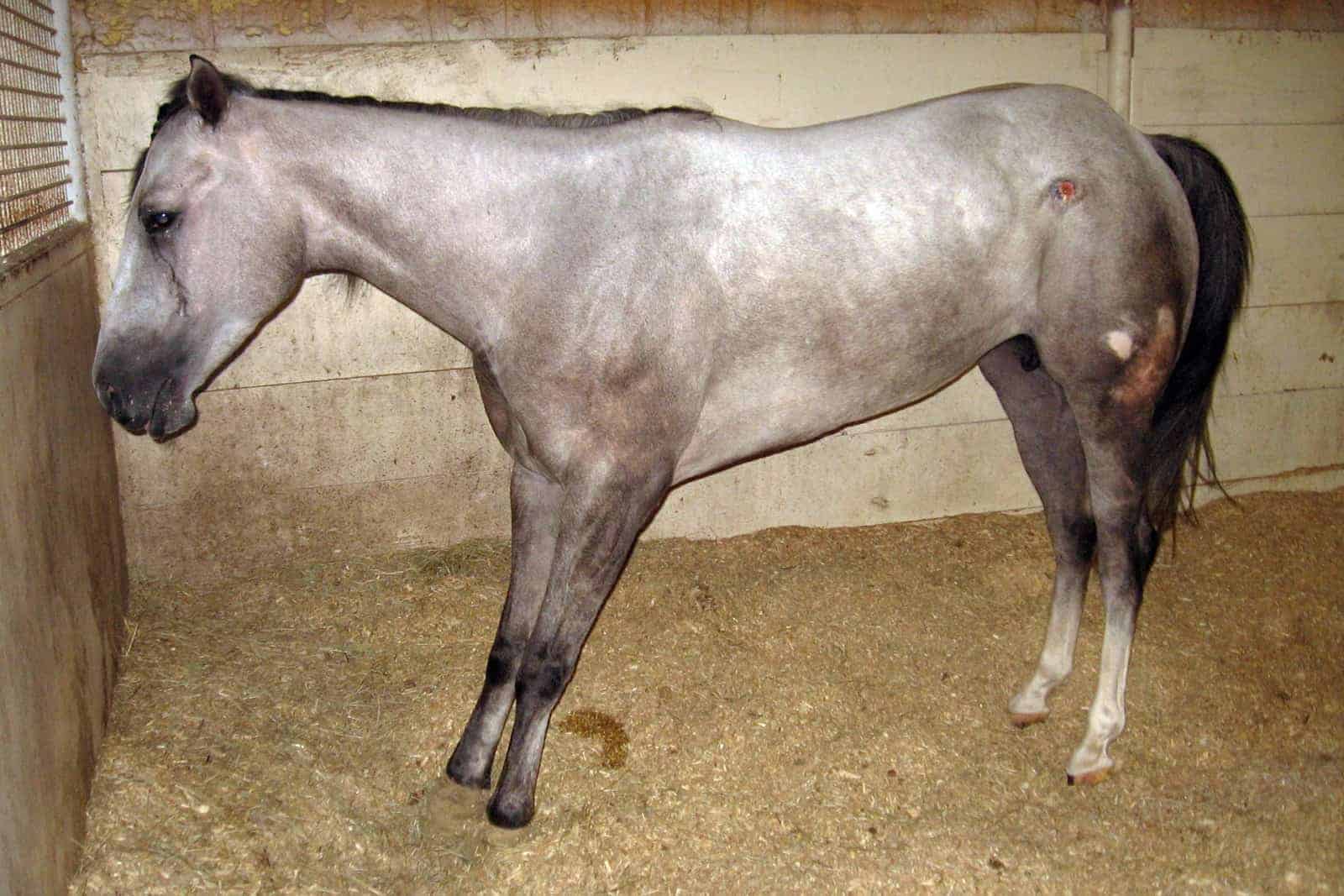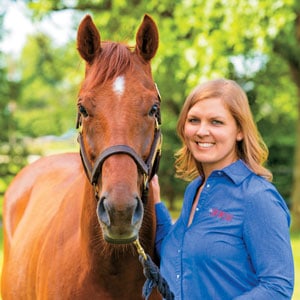Deconstructing the Laminitis ‘Train Wreck’

Indeed, researchers are closer than ever to understanding each type of laminitis, but it’s still a difficult disease to predict and treat, said van Eps in his update on the pathophysiology of laminitis at the 2016 British Equine Veterinary Association Congress, held in Birmingham, U.K., in the fall.
“It’s a bit akin to a train wreck (and) trying to work out where the penny was on the track,” said van Eps, “and a lot of times when we look at laminitis, that’s what we’re trying to do.”
Van Eps is probably best known for scientifically validating foot-cooling with cryotherapy to prevent and treat laminitis. At the time of his presentation, he was studying laminitis at the University of Queensland in Australia, but he joined faculty at the University of Pennsylvania late in 2016
Create a free account with TheHorse.com to view this content.
TheHorse.com is home to thousands of free articles about horse health care. In order to access some of our exclusive free content, you must be signed into TheHorse.com.
Start your free account today!
Already have an account?
and continue reading.

Written by:
Stephanie L. Church, Editorial Director
Related Articles
Stay on top of the most recent Horse Health news with















